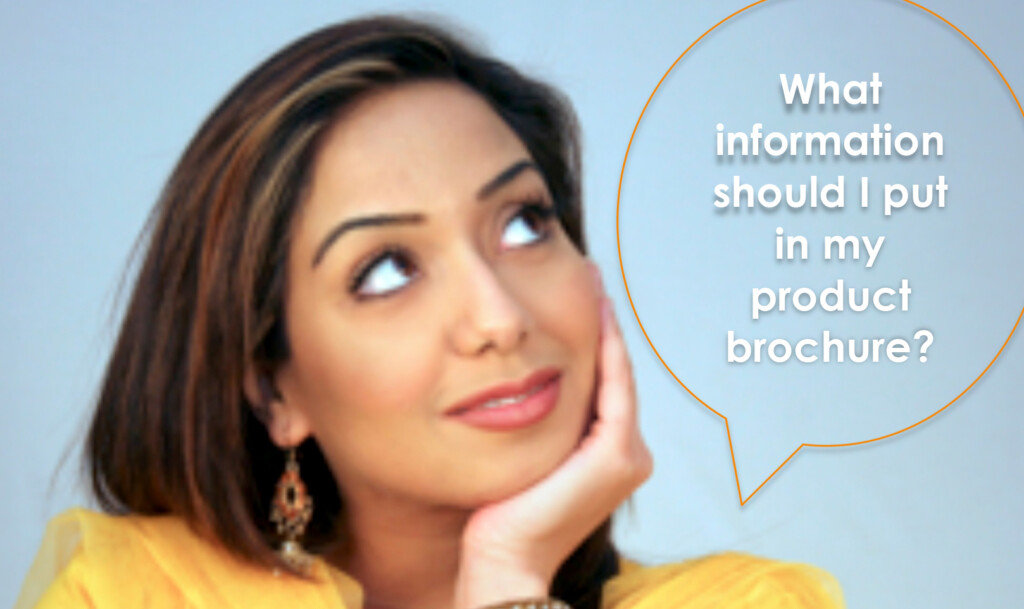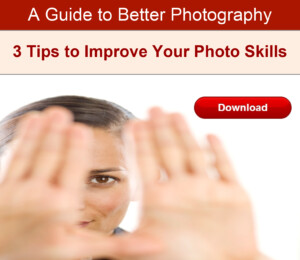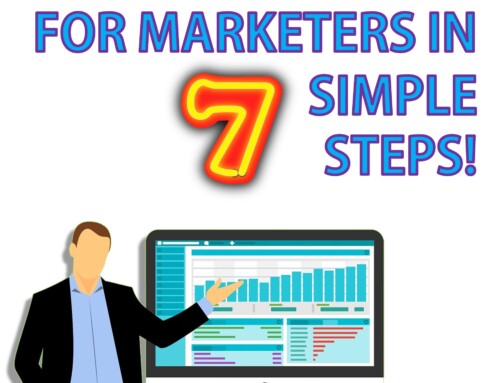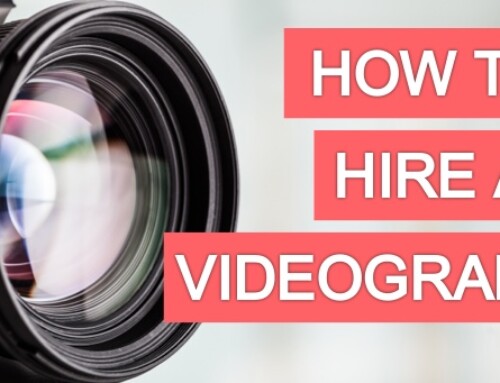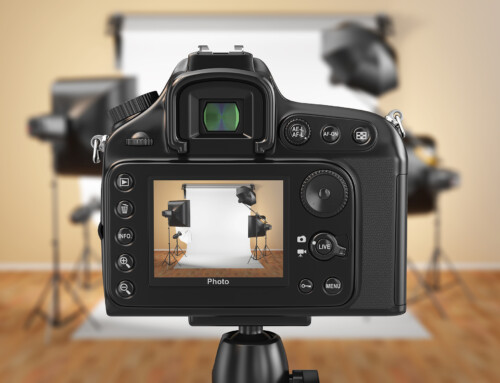Do you know what information you should include in your product brochure? Are you on target with your company’s marketing strategies when you produce content for your product or corporate brochures? Are you tired of wasting money on ineffective brochures? You don’t need to be a victim of wasteful spending. Read further and you’ll find out how to develop informative and persuasive brochure copy that really does work.
Strategy No. 1: Answer the question “What’s in it for me (WIIFM)?”
And when I’m using the word “ME” I don’t mean you. I mean what’s in it for your customer because that’s what they are asking when they read your brochures. Too many marketers focus on features and not on benefits. Many marketers confuse the two. Features are distinct characteristics of your product. Benefits are the payback or result your customer gets from using your product or service. But, more importantly, consider stating the advantages of your product or service. Advantages go one step further than just the benefits. They really help you stand out from your competition. Advantages show the superiority of your product or the uniqueness of your product. In other words, what does your product do that no other product on the market does? And how does your product solve a problem that your customers may have? Features are just bells and whistles but if you can turn those bells and whistles into advantages, then you can create recognition in your customers or prospects’ minds.
Now I know it is always difficult when copywriting and brainstorming to come up with the benefits and advantages of your product. Your engineers want to talk about specific features, i.e. that little red button that they developed that sits on the side of the product. Your sales reps want to know how the product compares to the competition. Your accounting personnel wants to know how much profit margin you are making on the product. When you have a team effort, which most companies require these days, the marketing effort may go by the wayside. So, you, as the marketing person, need to steer the group in the right direction and keep it focused on the advantages. Try a brainstorming session next time you have a brochure development meeting. You’ll be surprised at what you discover about your product. Whenever you write down a benefit, always ask the question “So what?” You’ll be amazed at what significant information you’ll learn about your product if you consistently ask this simple question.
Strategy No. 2: Make your business stand out from the competition.
A brochure can handle this task very well. But, most brochures fail because most marketers focus only on the eye-catching graphics, placement of the company logo, or cute taglines. These elements, in and of themselves, won’t produce an effective brochure. You really need to focus on differentiating your company and your products from your competition. Again, look within your company to find out what you do the best. Do you have excellent customer service? Do you have the best after-sales support? What do you offer the customer that your competition doesn’t? Make sure that the advantages you have over the competition are communicated in very specific terms. Don’t think your customers know your secret to success. Spell it out clearly. Don’t try to be all things to all people. Focus on one clear, distinct advantage.
Strategy No. 3: Know your audience.
I can’t emphasize this enough. You must know your target audience. So many marketers think they know who they are reaching but they really don’t. Do you know the typical job title of your prospects? How about their years of education? Your style of writing will be affected by your customer’s profile. You won’t use Ph.D. level terminology if your customers are high school graduates and vice versa. Don’t use company jargon. Customers won’t understand what you’re trying to communicate. Try to use words that your customers commonly use so they will be able to understand how your product or service solves their business problems.
Strategy No. 4: Lay out your content in an easily readable format.
If you have a strategy and stick to it, you’ll have a brochure that flows and provides the information your readers want. Don’t put every detail about your product, including the kitchen sink, in your brochure. Focus on just the essential information that will entice your readers to ask for more. If you give your customers everything they need, then you won’t allow them to call you for further information. And, let’s face it, that’s what you want your customers to do.
Make sure your copy flows from one page to the next. It’s best to arrange your brochure into sections, commonly called spreads. Each spread should focus on a specific subject, feature, or set of features. If your brochure is confusing, uninteresting, or boring, your customers won’t read it. Test your brochure by getting feedback from some of your closest customers. They can provide you helpful comments, especially during the draft stage.
Strategy No. 5: Imagery tells your story, too.
And don’t forget that imagery is a key part of your brochure. A picture is worth a thousand words. In other words, it speaks volumes and solidifies the story you are communicating. If you need some help with your photography skills, whether you use professional photographers or DIY, check out my white paper titled A Guide to Better Photography.
Remember … the cost of a brochure is an investment in marketing your products. So, it behooves you to make sure your brochures are effective tools to gain new prospects, inform your existing customer base about new products, or create a positive corporate image.
Remember these five strategies and you will create an effective brochure that really works.
To your marketing success,
Sheila
P.S. Did you enjoy reading the above article? Please share your thoughts in the comments section below! And if you liked this article, please share on social media with your colleagues. Click the share buttons at the top of this article.

